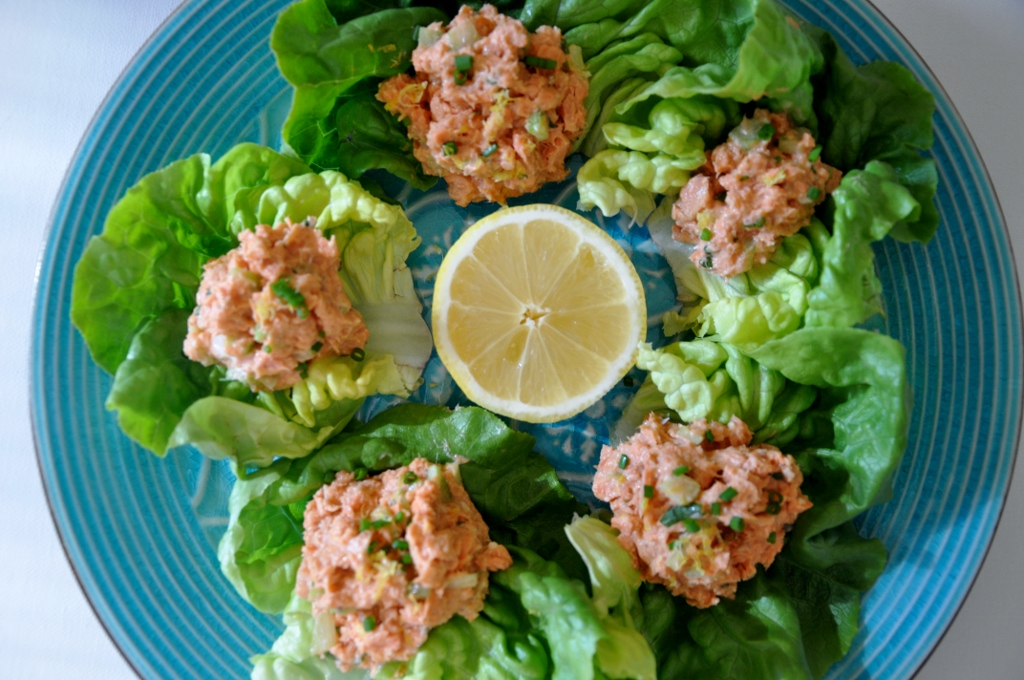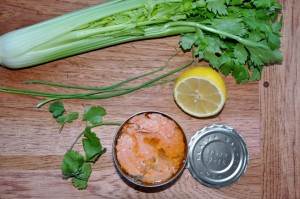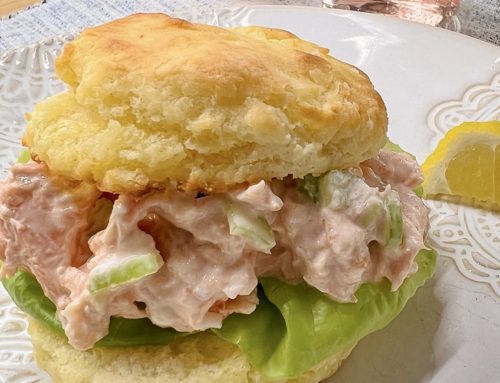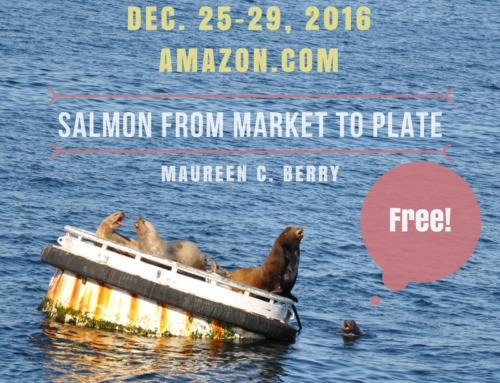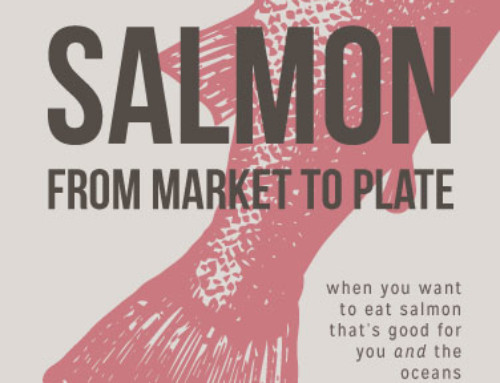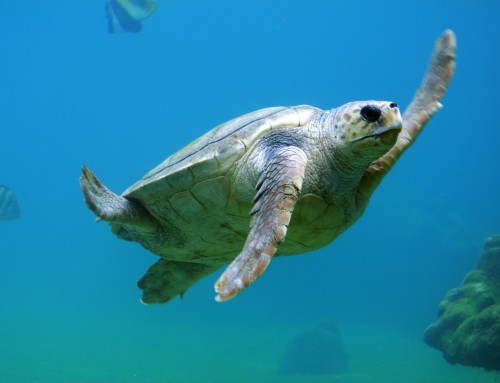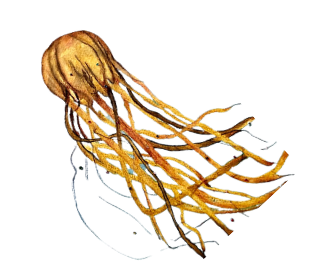I’ve eaten canned tuna for as many years as I can remember. Thankfully the canned tuna industry has come a long way since the days of my youth, ahem, in the 70s.
But I’m bored with canned tuna.
For the sake of doing something different, and out of convenience, something not usually associated with seafood, and to save a little money and time, I wanted to try canned salmon instead of tuna.
I rationed it in my head. If I used my precious, expensive Alaska salmon, I have to thaw, poach, cool, then shred my previously frozen wild Alaska salmon.
Canned salmon seemed like a no-brainer.
I wondered why I never used it before. I’ve tried jarred salmon in oil and loved it!
But there’s a saying I’ve used a few too many times.
“You get what you pay for.” I’m sure you’ve heard it. Might have used it yourself once or twice.
While shopping for olives the other day, I decided to check out the dry seafood section.
You know how you only go to the grocery for one item, in my case, olives, and then end up spending twenty-three dollars and fifty-six cents?
Sigh.
Well, I can’t resist looking at all the seafood in the store. Canned. Jarred. Frozen. Fresh.
Yes. I’m a seafood geek. But you knew that.
There it was. Wedged between the canned tuna and canned clams.
Canned salmon.
Not something I’m terribly familiar with, sad to say. I mean, I know what it is, I just don’t normally buy it. But these are not normal times, and I’m far from normal.
I’m a little embarrassed to admit, I don’t know one brand of canned salmon from the next.
I used the same advice I dole out to everyone about buying seafood.
Know your fishermen, fisheries and species. Read the labels.
- Labeled “ sustainably caught in the U.S.A”. Great.
- Stamped on the top of the lid, Alaska Salmon. Excellent.
- Produced by Trident Seafoods, a large company with a respectable name. Good.
- Cost: less than a can of tuna. Score.
How bad could it be? was a thought that crept into my gray matter as I tossed it into my shopping cart.
I should have read the label for the words “boneless and skinless.”
This is where you can go back to read that quote I mentioned above.
Moral of the story: Cheap, canned salmon, no matter where you buy it, will not be, “I’ll just open the canned salmon, drain it, toss it in a bowl with some vinegar, fresh herbs, and mayo, and lunch will be ready in five minutes, honey.”
I spent fifteen minutes, at least, extracting teeny-tiny pin bones, cartilage and bloodline from that can of salmon. And the entire time, well, almost, I thought, who wants to do this?
Not one person that I know, including myself.
Sigh.
This tale is not all doom and gloom though.
Once I cleaned the salmon, and then tossed it with fresh cilantro and chives, lemon zest, rice vinegar, salt and mayo, the canned salmon tasted good. It wasn’t dry like canned tuna in water (which is usually the only canned seafood I eat).
Will I buy canned salmon again?
Probably not, unless it states, boneless and skinless. Maybe.
But I will buy salmon in a pouch, try it, and then get back to you.
Meanwhile, check out my salmon salad lettuce wraps.
Serves two for lunch
Ingredients
- 1 small can, or pouch of salmon, pin bones, cartilage, skin and bloodline removed
- ¼ cup diced celery
- 1 tablespoon light mayonnaise
- ½ teaspoon lemon juice
- ¼ teaspoon rice wine vinegar
- Kosher salt to taste
- 1 sprig cilantro, minced
- Several sprigs of chives, chopped
- Bibb lettuce cups
- Lemon zest, to garnish
Directions
- Drain and clean salmon.
- In a medium bowl, add all ingredients except lemon zest and lettuce.
- Arrange Bibb lettuce cups on a large place, or two salad plates. Scoop a heaping tablespoon of salmon salad into the center of the cups.
- Zest the lemon over the top.
- Serve immediately.
- Make ahead. Cover salmon salad and refrigerate up to six hours. Plate just before serving.
What recipes do you make with canned salmon?

